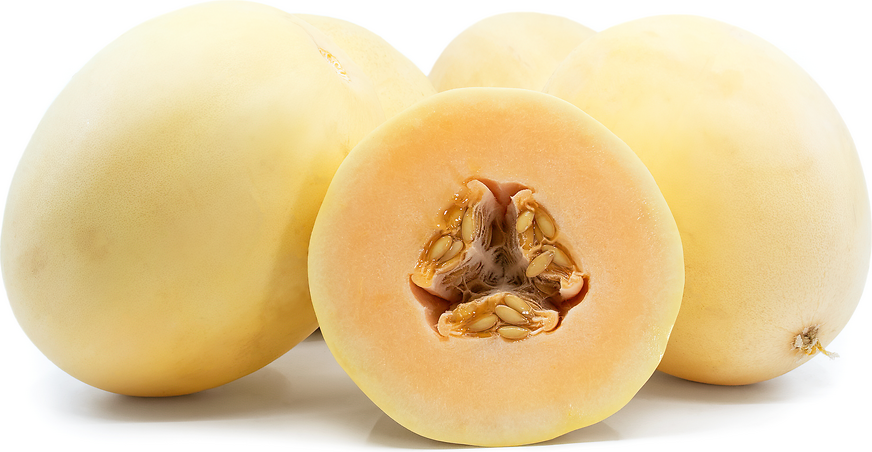
The rind was smooth with a creamy ivory color with just the slightest hue of pale green. The vendor had one that he had cut open and was slicing samples. I gladly accepted a sliver and took note that the flesh was salmon orange and when I tasted it I discovered that it was succulent with a floral sweet flavor. It was the perfect combination of 2 fruits, both low in calories and both bursting with flavor and nutrition. Those two are also good sources of beta-carotene and Vitamin A.
Originally developed at the University of California by Frank Zink around 1970, the honeyloupe was bread to be resistant to the muskmelon disease. In some regions of the country it is also called galia or passport melon.
The honeyloupe can be eaten raw, sliced into salads or pureed it makes a refreshing beverage, chilled summer soup, or used in sauces and sorbets. It marries well with feta cheese, basil, arugula, mint, pistachios, balsamic vinegar, yogurt, cured pork and citrus fruits.
No comments:
Post a Comment